How to Spend a Weekend in Vienna
So much more than Mozart and wiener schnitzel.
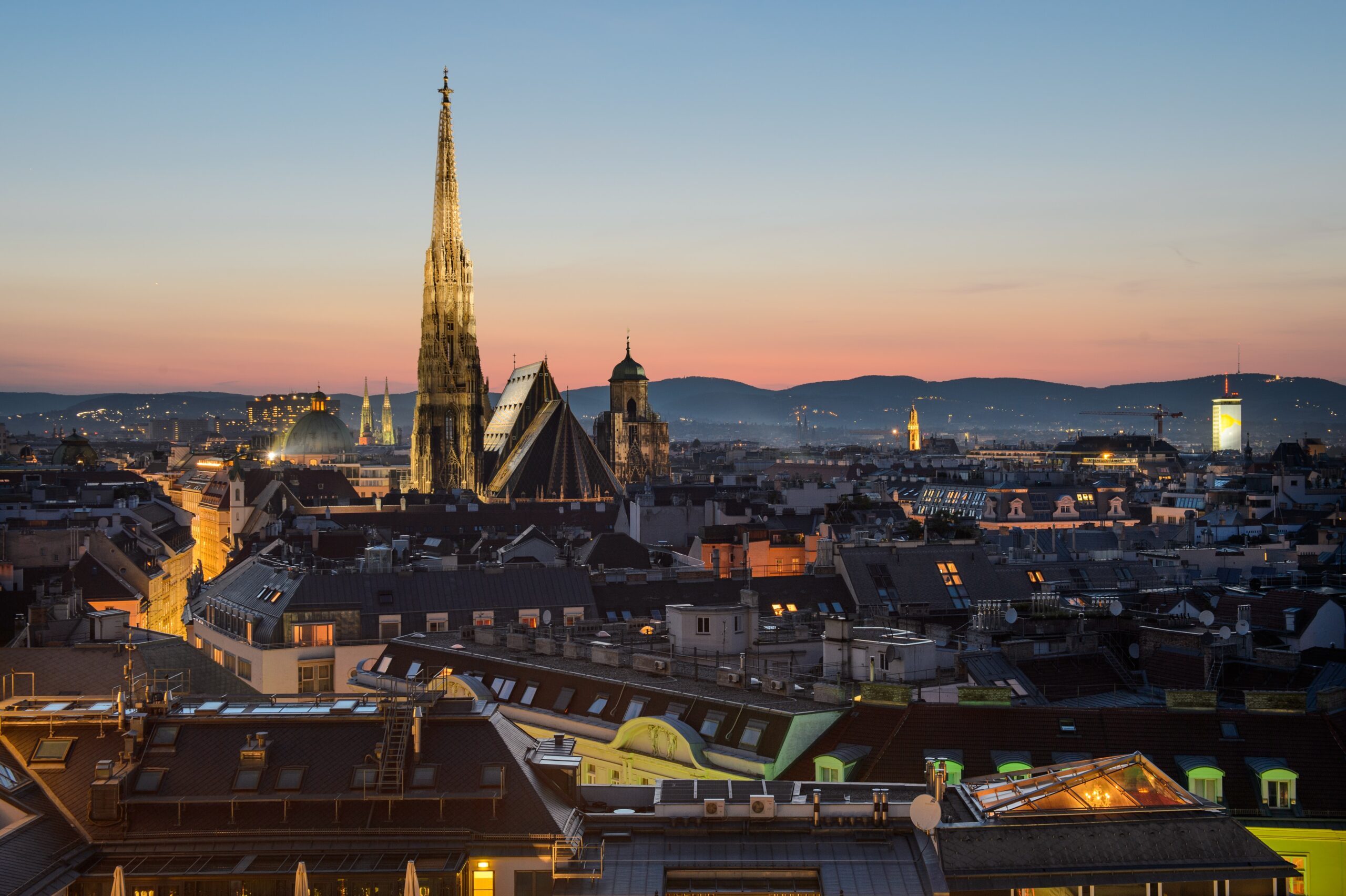
For a city with a population of just under two million, Vienna punches well above its weight. Known as the City of Music, the Austrian capital has long been one of Europe’s cultural hot spots. It was an ancient Roman settlement under Marcus Aurelius, the seat of the Holy Roman Empire, and the capital of the Austro-Hungarian Empire. In 1955, Austria regained its independence after being annexed by Hitler in 1938, with Vienna as its capital once again. Nowadays, it consistently ranks as the world’s most livable city on the Economist’s Global Liveability Index. Read on for a guide to hotels, restaurants, museums, and things to do during a weekend in Vienna.
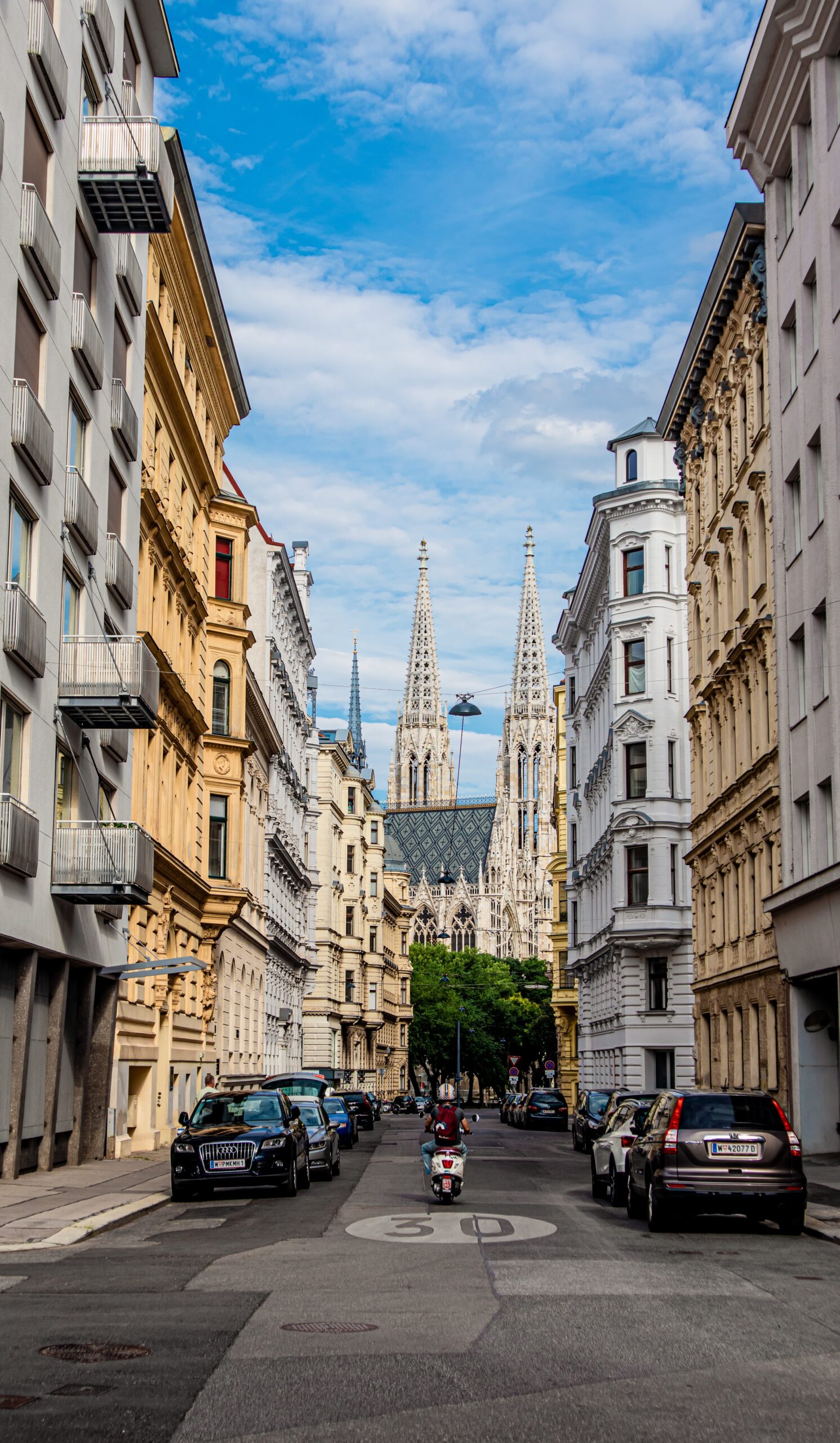
Where to Stay
Vienna is home to a wealth of accommodations, ranging from small boutique hotels to historic grand dames. The most legendary is the Hotel Sacher, which was opened in 1876 by Eduard Sacher, whose father, Franz, invented the famed Sachertorte. It’s still family-run and remains a magnet for royalty and celebrities, whose photographs hang on the walls of the reception room. People line up to sit at Café Sacher and get a taste of the iconic chocolate-and-apricot-jam cake, but hotel guests will find samples in their room and can help themselves to a slice from the breakfast buffet. For a taste of what else the hotel has to offer, book a table at the Restaurant Grüne Bar, which serves gourmet tasting menus of regional dishes.
The hottest newcomer on the scene is the Rosewood Vienna, which made a splash when it opened in 2022. Housed in a 19th-century building that was formerly a bank, it has 99 rooms and 27 suites done up in a sophisticated, modern style with nods to the building’s Belle Époque origins and the Wiener Werkstätte, a workshop established in 1903 by Koloman Moser and Joseph Hoffmann that pioneered the style that evolved into Bauhaus and art deco. If you stay here, don’t miss the Gugelhupf, a traditional cake served in the Salon Aurelie, which features hand-painted botanical murals inspired by the city’s famed Palmenhaus. The bartenders in the rooftop bar also make a mean Martini as well as creative cocktails inspired by Austria’s nine federal states. Neue Hoheit Brasserie, meanwhile, serves Austrian and international fare such as oysters and caviar as well as chicken paprikash and wiener schnitzel in an atmospheric rooftop aerie with bird’s eye views of the surrounding buildings.

Photo Courtesy of Rosewood Vienna
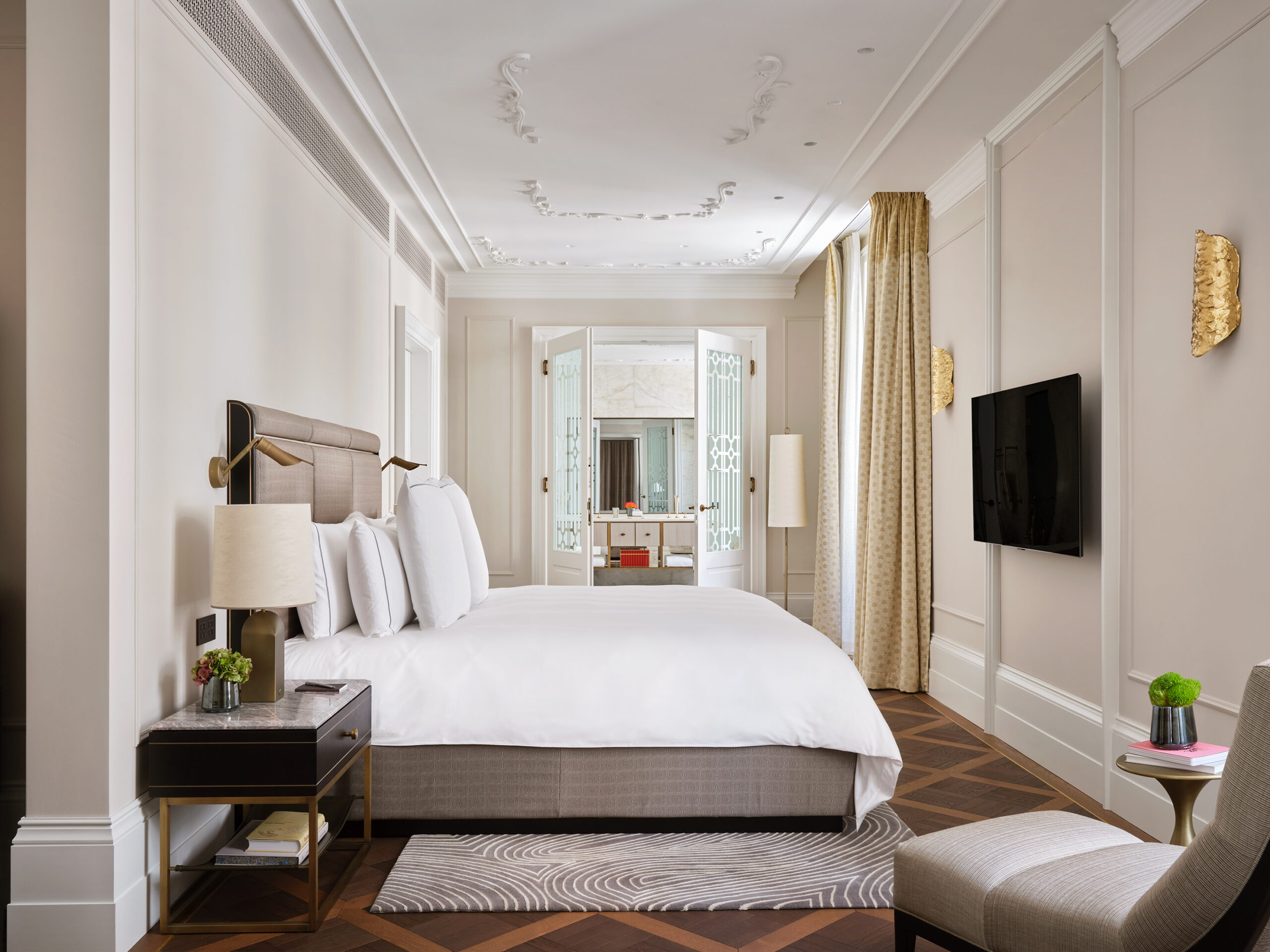
Photo Courtesy of Rosewood Vienna

Photo Courtesy of Rosewood Vienna
Where to Eat and Drink
Vienna is famous for its many coffeehouses and pastry shops, which artists and intellectuals have flocked to over the centuries. One of the most historic is Demel, a venerated establishment since 1786. If the line for a table is too long, you can buy slices of cake and apple strudel to go.
Aside from the cakes and pastries, when in Vienna you must try wiener schnitzel at Meissl & Schadn, a bustling brasserie with burgundy-leather booths and a show kitchen right by the entrance where you can watch the chefs frying the massive veal cutlets. The choice of sides includes a creamy cucumber salad, potato salad, and a sauce made with wild cranberries.
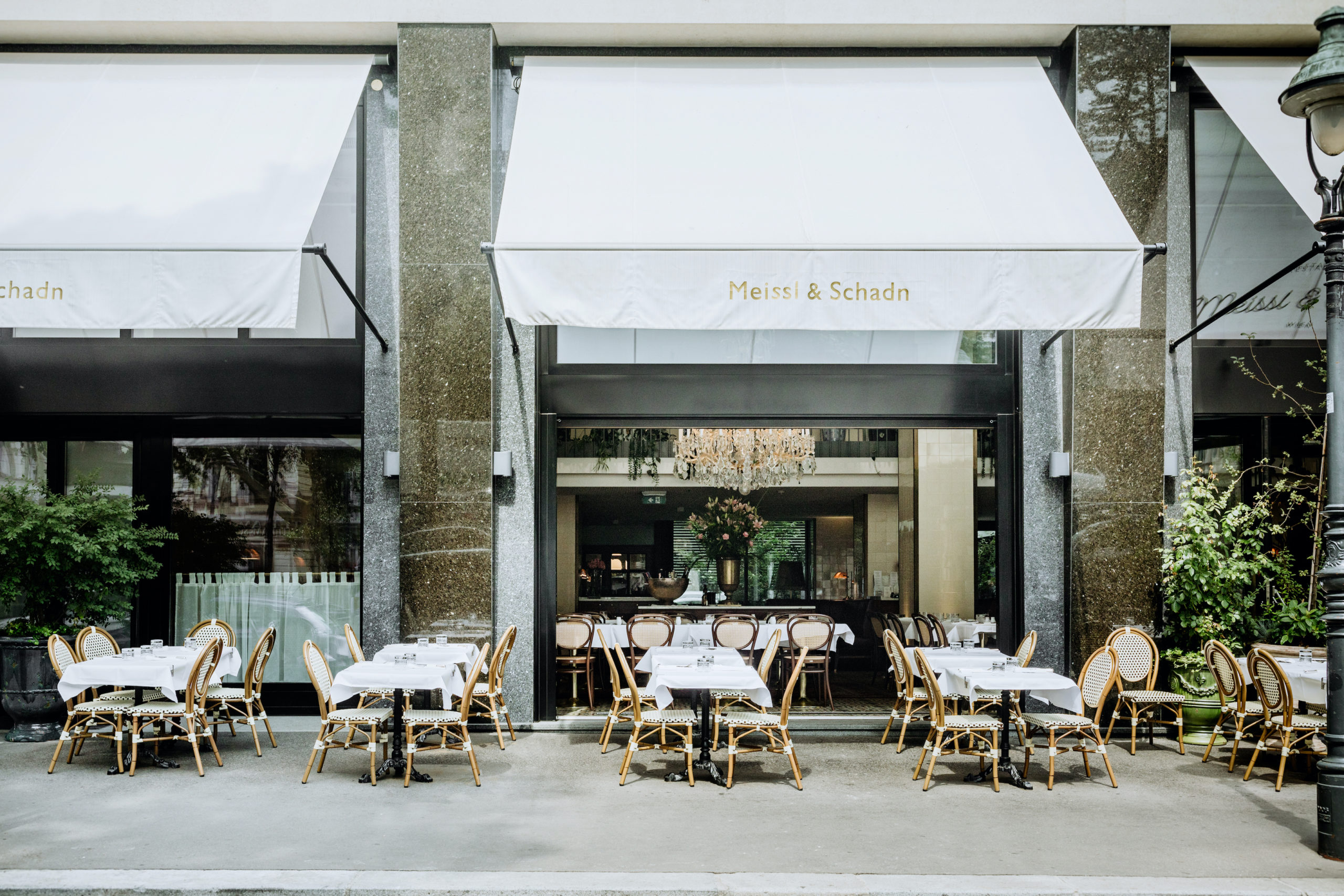
Photo Courtesy of Florian Weitzer Hotels & Restaurants
Lately, Viennese chefs are breaking with tradition and reinventing Austrian cuisine using fresh, locally sourced ingredients prepared in innovative ways. One of the leaders in this movement is Paul Ivic, who works wonders with vegetables at the Michelin-starred vegetarian restaurant Tian and the more casual spinoff Tian Bistro am Spittelberg.
What to Do
History buffs will find plenty to do in Vienna, which displays its imperial history proudly. A tour of Schönbrunn Palace—the Habsburgs’ summer palace—is a must. Completed in 1711, the 1,440-room Rococo palace was meant to rival Versailles. The Habsburgs’ winter residence, the more centrally located Hofburg Palace, houses the Sisi Museum, dedicated to telling the story of the beautiful but misunderstood Empress Elisabeth “Sisi” and Emperor Franz Joseph. Timed tickets are required at both, unless you purchase a Sisi Ticket, which grants access to the furniture museum, in addition to the palaces.
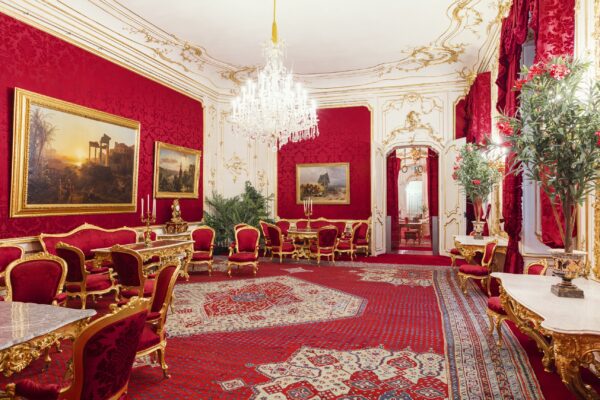
Photo Courtesy of Schönbrunn Group
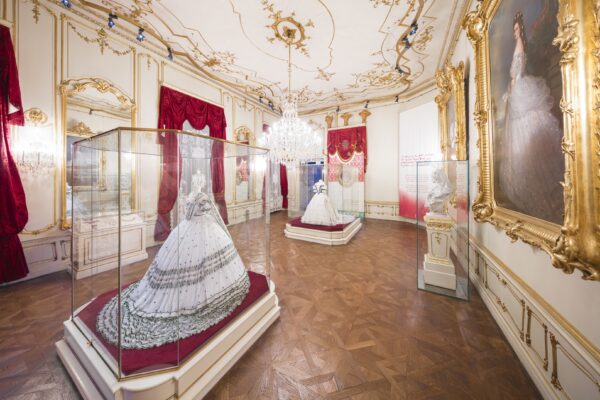
Photo Courtesy of Schönbrunn Group
Another palace worth visiting is the Belvedere, which now houses one of the best art collections in the city. In the Upper Belvedere, you can admire Gustav Klimt’s Kiss and his portrait of Adele Bloch-Bauer. The Lower Belvedere, in the palace’s Orangery, is currently showing a solo exhibition dedicated to Louise Bourgeois.

Belvedere Museum
Fans of art and design should head to the MuseumsQuartier, which comprises 11 museums and institutions, including the Leopold Museum, which focuses on early 20th-century art and design. There you can see more paintings by Klimt and Egon Schiele as well as furniture, glass objects, and posters from the Vienna Secession movement and the Wiener Werkstätte workshop.
For a fascinating look into the mind of the founder of modern psychology, head to the Sigmund Freud Museum at the doctor’s former home and studio where he received patients for his revolutionary talking cure. The exhibitions display his books, chess set, and other objects, and his waiting room has been recreated.

Photo Courtesy of Hertha Hurnaus/Sigmund Freud Foundation
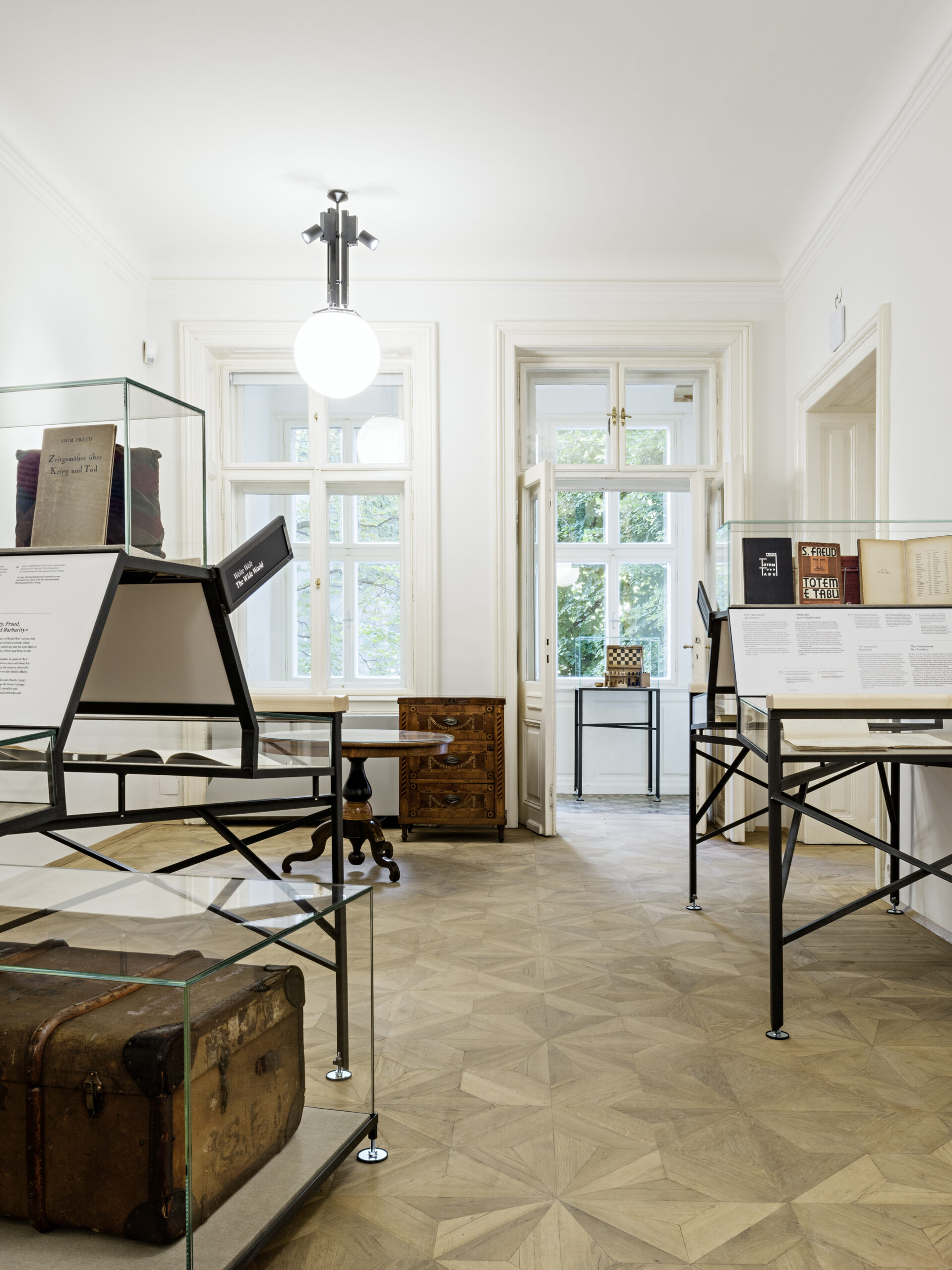
Photo Courtesy of Hertha Hurnaus/Sigmund Freud Foundation
For discounts at many of these and other institutions as well as unlimited use of the city’s excellent public transportation network for 24, 48, or 72 hours, buy a Vienna City Card. You can plug it into the Ivie app, which has lots of useful information about the city’s attractions.




